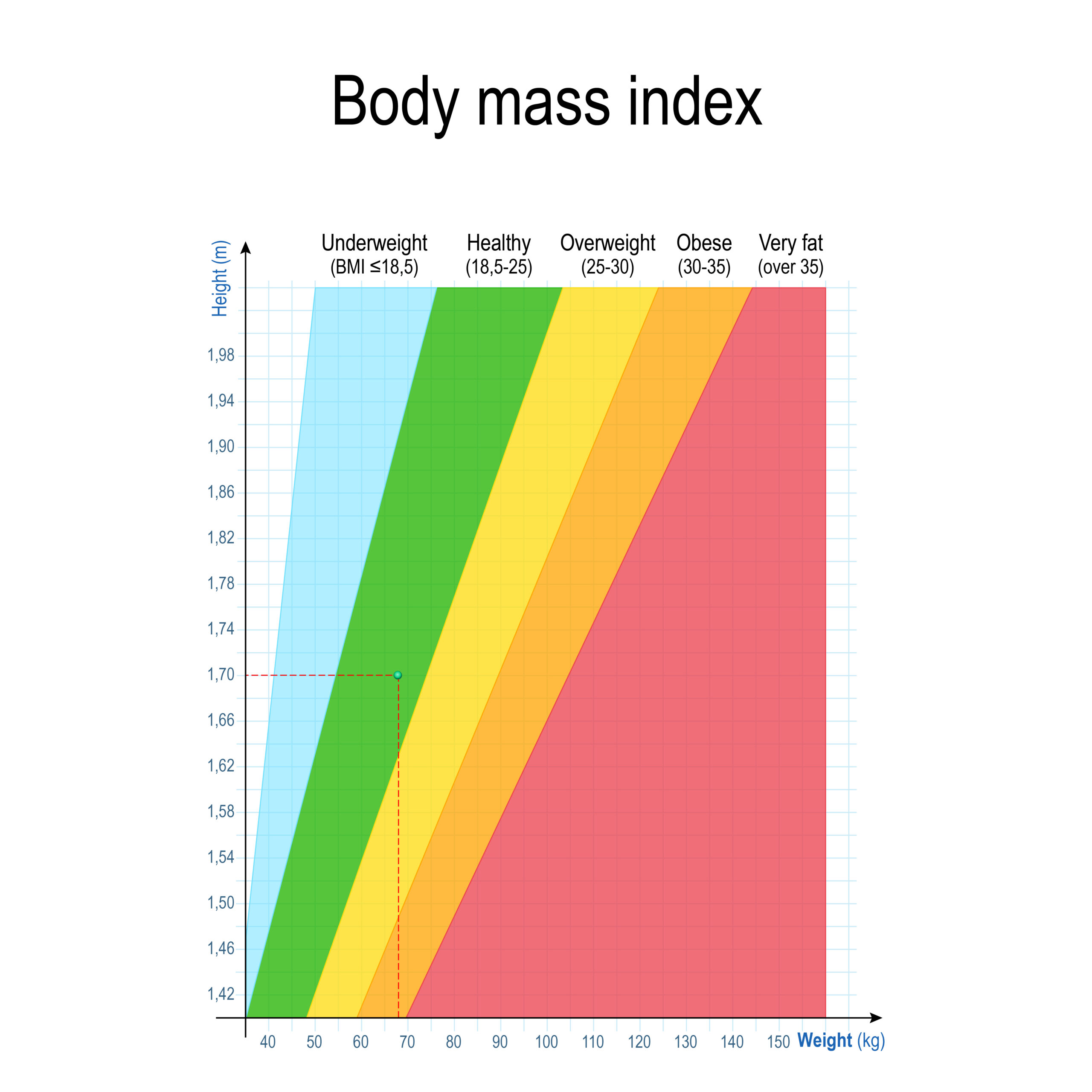I’ll be the first to admit that I haven’t been doing half as much exercise as I should be.
After a pretty over-indulgent summer, I took to the scales for the first time in a while to discover I’d put on a couple of kilograms – not unexpected and not the end of the world.
Out of curiosity, I did a quick Google search to look at how I sat on the Body Mass Index (BMI) chart and was surprised to see, as someone who still fits a size 8-10, I now sit in the ‘overweight’ category – should I be worried?
Obesity is a very real issue New Zealand – we have the third highest adult obesity rate in the OECD with almost one in three adults over the age of 15 considered obese, and while research published this week in the Australian and New Zealand Journal of Public Health shows childhood obesity has decreased, it’s done so by less than one per cent.
So what’s a quick go-to for people to check how they (literally and figuratively) weigh-up?
Like I had done, many people turn to BMI – a search on Google will bring up a never-ending list of BMI calculators, however there seems to be conflicting views about the tool’s actual usefulness.
I’d heard several times that the BMI wasn’t entirely accurate, but still continuously see health organisations providing it as a tool for finding out if you’re a healthy weight. So which was it?
Should we really be relying on BMI and if not, what are the alternatives?
What is BMI and how is it used?
Body Mass Index is a formula that is used to estimate a person’s body fat levels based on their height and weight ratio, which in turn is used to help determine whether a person is overweight and therefore at higher risk of chronic health conditions such as diabetes, high blood pressure and cholesterol or heart disease.
Created more than 100 years ago, it’s been used in the medical field for decades and is calculated by dividing a person’s weight by their height squared:
Weight(kg) / (height(m) x height(m) )= BMI
The result is your BMI number, which places you in one of the following categories: underweight, normal weight, overweight or obese.
Someone in a ‘normal weight’ range is considered healthy and people classed in the other three would be considered unhealthy.
It sounds simple enough – but that’s where the problem lies says Kate Save, a practising dietician and CEO of Be Fit Food.

The BMI formula compares the ratio of your weight and height to determine whether you are healthy or unhealthy. (Image: Getty)
The problems with BMI
Kate says that while BMI can be effective for people studying populations, when it comes to an individual person, it can be much too simple, as there are numerous, important factors that the BMI doesn’t take into account.
“When you’re dealing with a hospital or clinical type setting or particularly in epidemiology, where they’re looking globally or nationally, it’s a cost effective tool for measuring someone, other than weight,” Kate says.
“We know that people are different heights, so it’s the only tool that considers weight and height.
“But in saying that what it doesn’t consider, whatsoever, is any correlation with whether someone’s body composition is predominantly body fat or predominantly muscle mass.”
Accredited dietician, eating disorder and mindful eating specialist, Christina Turner, agrees.
“BMI does not distinguish between fat, muscle or bone mass,” explains Christina.
“It is simply the number on the scales.
“It also does not account for age, sex, ethnicity or sexual maturation in children – all of which impact on body weight.”
Christina provides the classic example, explaining how the body composition of an athlete – someone who is incredibly fit and strong with a higher percentage of muscle – is very likely to sit within the “overweight” category for BMI, because muscle is much denser than fat.
When of course in reality, they’re not overweight at all.
Conversely, someone who has very little muscle but a lot of fat may sit within the “healthy” category on the BMI chart, when, in fact, they may actually be carrying an unhealthy amount of fat.
Kate adds that BMI also doesn’t take into account the person’s lifestyle, for example what they eat or whether they smoke – all things that can have a huge influence over their health.
But one of the most crucial things the BMI can’t distinguish, says Kate, is where the fat on the body is placed as this can be a crucial indicator of health risks.
Large amounts of abdominal fat or visceral fat presents a much higher risk of health issues than fat that just sits under the skin because it sits around your internal organs.
For example a woman who is pear shaped, with larger thighs but a low amount of abdominal fat could likely weigh the same as someone who had slimmer thighs but large amounts of abdominal fat, but it’s the latter who will likely have a higher risk of health issues, something the BMI can simply not pick up.

Dietician Kate Save says the most crucial thing BMI can’t distinguish is where fat on the body is placed, as this can be a crucial indicator of health risks. (Image: Getty)
In a study published in the International Journal of Obesity, a team of researchers studied individuals and compared their BMI classification against other indications of cardiovascular health like blood pressure, cholesterol, and glucose levels.
The research found that almost half of the individuals classed as overweight, 29 per cent of obese individuals and even 16 per cent of extremely obese individuals were actually metabolically healthy.
Moreover, more than 30 per cent of normal-weight individuals were cardiometabolically unhealthy.
So what alternatives are there?
Kate says measuring your waist circumference can be a useful tool as it will measure how much fat sits around your abdominal area.
Kate says a healthy target is 80cm or under for women and 94cm or under for males. High risk is anything from 88cm and above for females and 102cm and above for males.
Christina adds that of course regular check-ups with your GP and clinical measurements such as cholesterol and blood sugar levels, blood pressure and levels of inflammation are likely to be much more reliable for measuring the risk of common chronic diseases such as diabetes and coronary heart disease.
So is there still a place for BMI?
Christina says, “in short, no”.
“Our understanding of health has advanced since BMI was originally devised.
“We are now much better placed to take a holistic view at the health of our community members by using indicators that we know are more likely to be related to achieving better health outcomes.”
Kate says while she doesn’t want to discredit the BMI for its use in population studies, when it comes to dealing with individuals, it probably isn’t relevant.
“If you tell me you’re a size 8, I’m immediately going, don’t even bother with BMI, because that’s telling me clothing size wise, you have a small waist circumference.”
“And unfortunately, like you, you jump online, check out your BMI and get that surprise.”
Christina suggests rather than using weight or body size, focus instead on positive health behaviours to maintain health.
She says focussing on taking part in movement you enjoy, whether it’s dancing, a walk in the park or surfing – and eating mindfully – will not only be less stressful than worrying about body weight, but it’s much more likely you’ll have achievable health outcomes.
So in summary? If you’re after quick insight into whether you might be at a higher risk of chronic health issues, grab the tape measure over some quick maths, but for the most accurate indicator of your health, nothing beats a visit to your GP.
-scaled.jpg)

